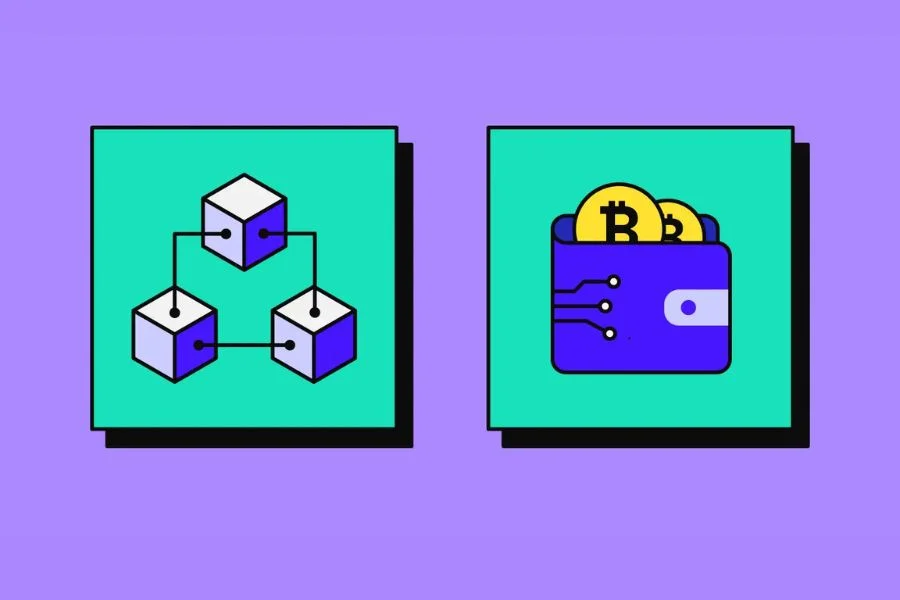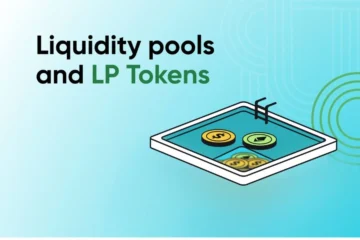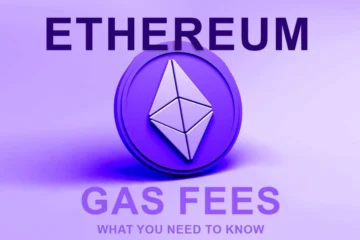When people talk about blockchain, they often throw around terms like on-chain and off-chain as if everyone’s been discussing them at the dinner table since 2009. In reality, these are essential concepts that shape how data is stored, verified, and used in the crypto world — and they directly impact things like security, transaction costs, and scalability.
If you’ve been wondering what on-chain vs off-chain crypto means (and why it matters), let’s break it down without the blockchain jargon headache.
Table of Contents
Understanding Blockchain Data Types
At its core, a blockchain is a distributed database — but unlike traditional databases, it doesn’t just store information anywhere. Where and how data is stored makes all the difference.
Broadly speaking, blockchain data falls into two main categories:
- On-chain data — Information recorded directly onto the blockchain ledger.
- Off-chain data — Information stored outside the blockchain but still connected to it in some way.
Each approach has its strengths, weaknesses, and ideal use cases. Let’s go deeper.
What Is On-Chain Data?
On-chain data refers to any transaction or record that is directly written to the blockchain itself. This means the data is:
- Permanent — Once added, it can’t be altered or deleted.
- Transparent — Anyone can verify it by checking the blockchain.
- Secure — The blockchain’s cryptographic consensus mechanisms protect it.
Examples of on-chain data include:
Also Read: What Is a Liquidity Pool and How Does It Power DeFi?
- Sending cryptocurrency from one wallet to another
- Recording smart contract executions
- Storing token ownership details (NFTs, for example)
Think of on-chain data like carving something into stone — it’s there forever, visible to everyone, and very hard to tamper with.
Pros of On-Chain Data
- Trustless verification — No need to rely on a third party to confirm authenticity.
- High security — Protected by blockchain consensus mechanisms.
- Transparency — Public blockchains let anyone verify the record.
Cons of On-Chain Data
- Slow updates — Transactions depend on block confirmation times.
- Higher costs — Every transaction uses blockchain resources, so you pay network fees (like Ethereum gas fees).
- Scalability limits — Blockchains can process only so many transactions per second.
What Is Off-Chain Data?
Off-chain data lives outside the blockchain but can still be linked to it through various mechanisms like cryptographic proofs, payment channels, or APIs.
In other words, the data exists somewhere else — a traditional database, cloud server, or decentralized storage solution — and the blockchain may only store a reference or proof of it.
Examples of off-chain data include:
- Crypto exchange trade records are stored on internal databases
- NFT artwork stored on IPFS or centralized servers
- Payment agreements are settled off the blockchain and later reconciled on-chain
Think of off-chain data like keeping your valuables in a safe at home instead of carrying them everywhere. It’s faster to access but requires trust in whoever controls the safe.
Also Read: Decoding DAO: How Decentralized Autonomous Organizations Work
Pros of Off-Chain Data
- Faster processing — No need to wait for blockchain confirmations.
- Lower costs — Avoids paying transaction fees for every action.
- Scalable — Can handle high volumes without clogging the blockchain.
Cons of Off-Chain Data
- Trust required — You often have to rely on centralized entities.
- Less transparency — The public can’t directly verify the data.
- Potential security risks — Centralized databases can be hacked.
On-Chain vs Off-Chain: The Key Differences
| Feature | On-Chain | Off-Chain |
| Storage Location | Directly on the blockchain | Outside the blockchain |
| Security | Protected by blockchain consensus | Depends on external systems |
| Transparency | Fully public (on public blockchains) | Often private or restricted |
| Speed | Slower due to block confirmation | Faster without blockchain delays |
| Cost | Higher due to transaction fees | Lower or zero fees |
| Immutability | Permanent | Can be changed or deleted |
Why the Difference Matters in Crypto
The on-chain vs off-chain distinction isn’t just academic — it affects real-world crypto applications:
- Decentralized Finance (DeFi) — Most DeFi protocols rely on on-chain transactions for transparency but may use off-chain price feeds (via oracles) for efficiency.
- NFTs — The token ownership is on-chain, but the artwork or file is often off-chain due to storage limitations.
- Exchanges — Centralized exchanges record trades off-chain for speed, settling only deposits and withdrawals on-chain.
Choosing between the two often comes down to balancing security, cost, and speed.
Also Read: How to Start Investing in Cryptocurrency as a Complete Beginner in 2025
Hybrid Approaches: The Best of Both Worlds?
Many projects now blend on-chain and off-chain strategies to get the benefits of both:
- Layer 2 solutions (like Optimism or Arbitrum) process transactions off-chain, then batch them and settle on-chain for security.
- State channels let two parties transact off-chain instantly and cheaply, recording only the final result on-chain.
- Decentralized storage networks like IPFS or Arweave keep large files off-chain but anchor proof of their existence on-chain.
This hybrid model is becoming increasingly popular as crypto adoption grows and scalability remains a challenge.
How to Decide Which Is Right for Your Use Case
If you’re building or using a blockchain application, ask yourself:
- Do I need absolute transparency and immutability? → Go on-chain.
- Is speed and cost efficiency more important? → Go off-chain or hybrid.
- Will I store large files or datasets? → Off-chain storage with on-chain references is usually the way to go.
Final Thoughts
Understanding blockchain data types — and the trade-offs between on-chain vs off-chain crypto — is crucial for anyone diving into digital assets. On-chain gives you unmatched security and transparency, but at the cost of speed and scalability. Off-chain offers efficiency and flexibility but comes with trust and centralization trade-offs.
In the end, most of the crypto world is heading toward a blended approach, using each where it makes the most sense. Knowing the difference will help you evaluate projects, safeguard your assets, and understand why your NFT’s cat picture isn’t actually inside the blockchain.




